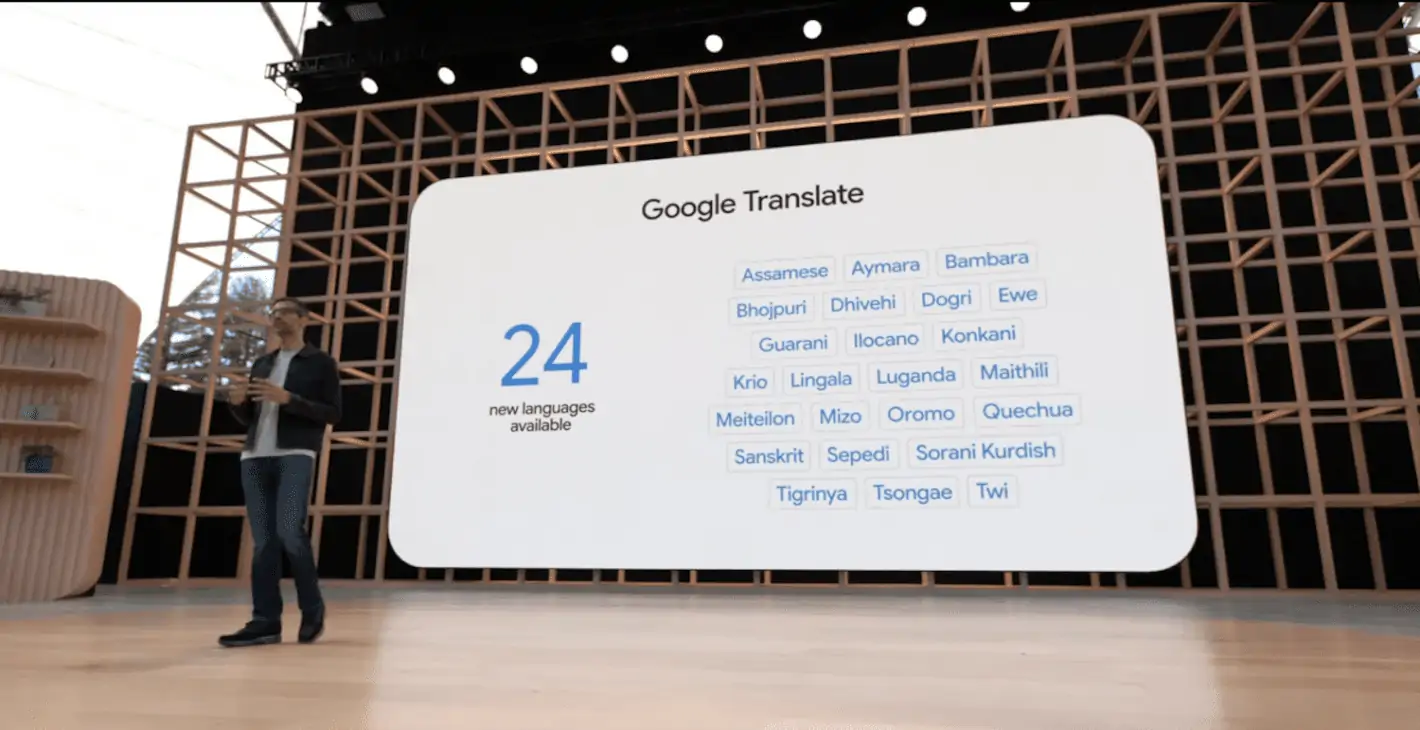
Image by
just announced Android M at its annual I/O developer conference. And just as it did last year, the company made a developer preview available for Nexus devices.
This is our first chance to get a real hs-on look at the next version of Android. It focuses on the “core user experience,” addressing concerns like bugs, performance, battery life, app permissions. There’s a ton of good stuff in there.
So naturally, we couldn’t wait to flash the developer image onto our Nexus 6 take a look. And unfortunately, there’s just not a lot of killer stuff there yet. Some of it, like Android y universal fingerprint support, is coming later (none of the Nexus devices have fingerprint readers, anyway). Other features, like the new permissions hling, may require app support.
ile this is only a developer release, meant for app makers to get their feet wet with the new operating system, it’s hard not to be disappointed. most none of the cool stuff talked about on stage is in this build.
did find a few nice changes improvements, though. Here’s what we were able to discover in our first few hours with the initial Android M developer preview.

Gone is the annoying single volume slider from Android llipop! You don’t have to hop into the Settings menu to give your ringtones, notifications, alarms different volume levels. en you adjust the volume, you get a single volume slider, with a simple drop-down arrow on the side.
Tap that, you’re presented with this lovely, simple three-slider volume control.
The Silent mode is still gone from the volume slider, however. It goes from Vibrate to your Do Not Distrub mode, as it does in llipop.

Tired of furiously swiping left on your app drawer to get to that app you just downloaded?
Good news! In Android M, the app drawer is now a single vertical scroll, grouped by the first letter of the app. And the last four apps you launch are pinned to the top of the list.
Yes, the list of apps is only three icons wide, but the new app drawer is fast makes it really easy to find what you’re looking for.

This one is sort of hidden, but we managed to find it anyway.
Tucked away inside the Developer Options is a new Theme setting, which can be set to ght, Dark, or Automatic. I have no idea what “Automatic” is supposed to do, but it’s great to see a Dark system interface theme for those that prefer it. Besides, those mostly-black interfaces can save real power on AMOD displays.
Here’s hoping pulls this out of Developer Options into the display settings where it belongs.

The new “Now on Tap” feature of Now is one of the new OS’s coolest features. It’s supposed to recognize what’s on your screen (the page you’re browsing, music you’re listening to, or message you just received, for example) provide you with contextual information.
Only it doesn’t work yet. I even tried the exact same query did in its keynote: I played some Skrillex in ay Music asked what his real name was.
The closest I could get to acknowledging that this feature even exists is the above image, found when I held down the home button on any screen.

On the left, a preview from of what the awesome new app permissions are supposed to be like in Android M. Instead of agreeing to a host of “all-or-nothing” permissions as soon as you download an app, apps are supposed to ask you for permission to use each system resource (camera, microphone, locaiton, contacts…) as they’re needed.
That way, not only will you know why an app needs a particular permission, but you can run an app even if you don’t agree to all of them. For example: Don’t want Uber to use your camera? Fine. It can operate as long as it knows your location.
I never once got this sort of permissions dialog box in my first hours with the Andoid M developer preview. I don’t expect app developers to have this working yet, but not even ‘s own apps are on board yet. I got the same permissions upon download from the store as I always do (on the right, above).

Here’s another one buried in the Developer Options that we hope to see in the regular display settings by the time Android M hits the market.
There’s a toggle in Developer Options labeled “Show SystemUI Tuner.” They forgot a space in there. Turn it on, at the bottom of the main Settings menu you’ll see a System UI tuner selection.
That new settings menu only has one setting: Quick Settings. But the fact that there’s a menu implies that there will be other parts of the System UI you can customize.
Choose the Quick Settings option you’re taken to a mockup of the quick settings shade, but you can drag drop the toggles,reordering them or removing the ones you don’t care about.
This sort of built-in interface customization is exactly the kind of the stock Android needs.

Mobile hotposts work great on Android, but they’ve been limited to the 2.4GHz -Fi network b. Modern phones have the hardware to support your phone broadcasting as a 5GHz hotspot.
In the hotspot settings menu, I found a new setting for “Config AB” that has a dropdown. Oddly enough, my Nexus 6 showed only the 2.4 GHz b, even though the hardware is there for 5 GHz. Still, this setting wasn’t there at all before, so it’s pretty obvious that Android M intends to provide support for 5 GHz hotspots.

Android M may not have the new in-app permissions experience yet, but at least there are granular permissions settings buried in the Apps menu.
Go to Settings > Apps > Advanced (in the upper-right overflow menu) you’ll find an App permissions menu. In this menu, you’ll find eight app permission categories.
st select one of these you’ll get a list of every app that has permissions to use that feature (like the camera). You can toggle off just that one permission for just the apps you desire. There’s no guarantee this won’t break the function of the app, of course. App developers need to update their apps to account for some permissions being turned off.
This is a great first step, but it’s buried way too deeply in the menus. App permission settings need to be front–center in the Apps settings menu.

so in the Apps menu, in the Advanced section, is a Memory menu. It’s a big improvement over the information you get in Android llipop.
You can see which apps are using the most RAM, with both average maximum RAM listed.
Tap on an app you get more detailed info, including the exact amount of RAM used, more precise average/maxiumum values.
This will be a great tool for figuring out which apps are sucking up more system resources than they should be.



















